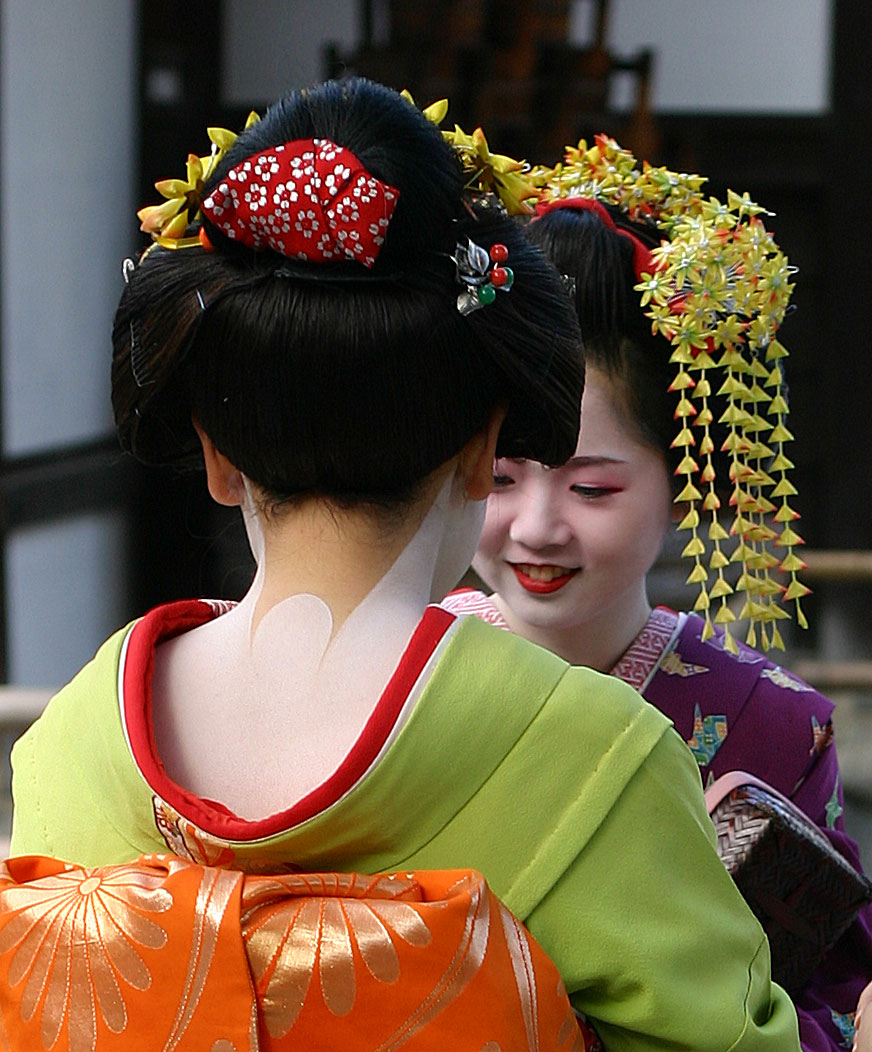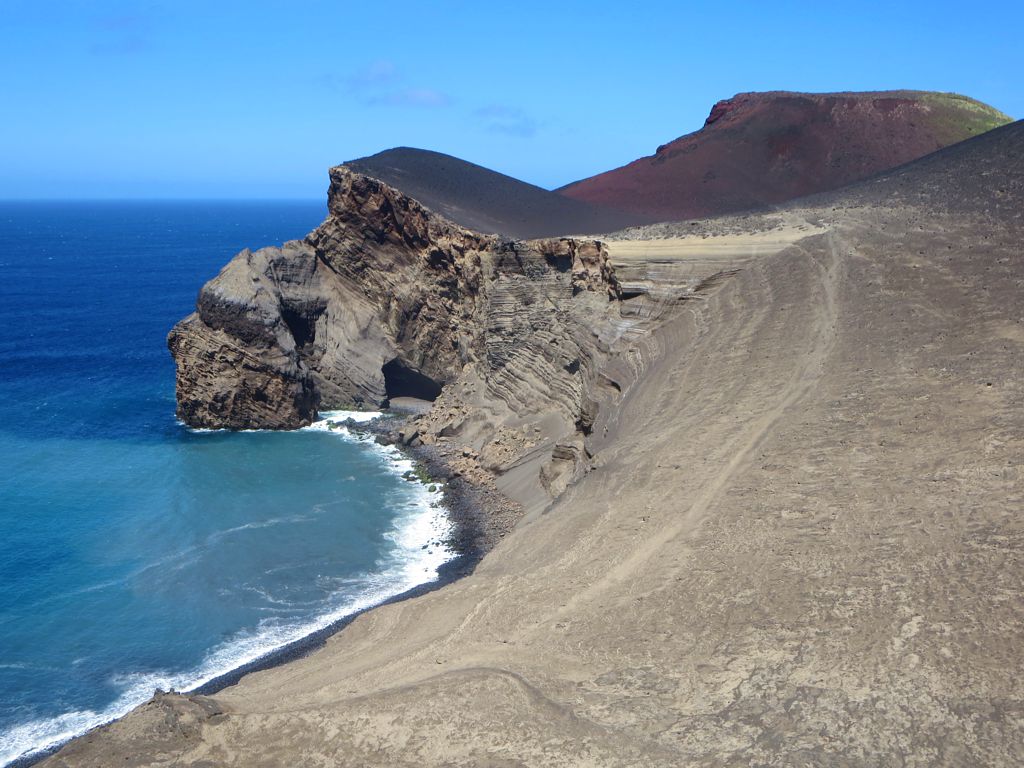|
Columba Trocaz
The trocaz pigeon, Madeira laurel pigeon or long-toed pigeon (''Columba trocaz'') is a pigeon which is endemic to the island of Madeira, Portugal. It is a mainly grey bird with a pinkish breast; its silvery neck patch and lack of white wing markings distinguish it from its close relative and probable ancestor, the common wood pigeon. Its call is a characteristic six-note cooing, weaker and lower-pitched than that of the wood pigeon. Despite its bulky, long-tailed appearance, this pigeon has a fast, direct flight. A scarce resident breeder in laurisilva forests, the trocaz pigeon lays one white egg in a flimsy twig nest. Its numbers fell sharply after human colonisation of the Madeira archipelago, and it vanished altogether from Porto Santo Island. The major cause of its population decline was habitat loss from forest clearance, but hunting and nest predation by introduced rats were also contributory factors. Protection of the laurel forests and a ban on hunting have enabled number ... [...More Info...] [...Related Items...] OR: [Wikipedia] [Google] [Baidu] |
Karl Heineken
Karl Heineken (died 4 January 1830), also known as Carlos Heineken, was a German medical doctor and ornithology, ornithologist. He lived on Madeira, a Portugal, Portuguese island in Macaronesia, from 1826 until his death. He described the Trocaz pigeon, a Madeiran endemism, endemic bird species. He is commemorated in the scientific name of a subspecies of blackcap, ''Sylvia atricapilla heineken''. References 1830 deaths German ornithologists Year of birth unknown {{ornithologist-stub ...[...More Info...] [...Related Items...] OR: [Wikipedia] [Google] [Baidu] |
Nape
The nape is the back of the neck. In technical anatomical/medical terminology, the nape is also called the nucha (from the Medieval Latin rendering of the Arabic , "spinal marrow"). The corresponding adjective is ''nuchal'', as in the term ''nuchal rigidity'' for neck stiffness. In many mammals the nape bears a loose, non-sensitive area of skin, known as the scruff, by which a mother carries her young by her teeth, temporarily immobilizing it during transport. In the mating of cats the male will grip the female's scruff with his teeth to help immobilize her during the act, a form of pinch-induced behavioral inhibition Pinch-induced behavioural inhibition (PIBI), also called dorsal immobility, transport immobility or clipnosis, is a partially inert state which results from a gentle squeeze of the skin behind the neck. It is mostly observed among cats and allows .... Cultural connotations In traditional Japanese culture, the was one of the few areas of the body (other than ... [...More Info...] [...Related Items...] OR: [Wikipedia] [Google] [Baidu] |
Laurel Pigeon
The laurel pigeon or white-tailed laurel pigeon (''Columba junoniae'') is a species of bird in the Columba genus in the family Columbidae (doves and pigeons). It is endemic to the Canary Islands, Spain, and resides in laurel forest habitat. It is the animal symbol of the island of La Gomera. Generality It is a pigeon which is endemic to some Canary islands. Its close relative and probable ancestor is the common wood pigeon. Despite its bulky, long-tailed appearance, this pigeon has a fast, direct flight. The major cause of its population decline is habitat loss from forest clearance, but hunting and nest predation by introduced species and rats were also contributory factors. Protection of the laurel forests and an effective ban on hunting could enable numbers to increase, although this species is still declining and endangered. Description The laurel pigeon is a rather plain, dark grey bird of 38 cm. Large, dark brown and grey pigeon. Mainly dark sepia-brown, redder ... [...More Info...] [...Related Items...] OR: [Wikipedia] [Google] [Baidu] |
Mya (unit)
Mya may refer to: Brands and product names * Mya (program), an intelligent personal assistant created by Motorola * Mya (TV channel), an Italian Television channel * Midwest Young Artists, a comprehensive youth music program Codes * Burmese language, ISO 639-3 code is * Moruya Airport's IATA code * The IOC, license plate, and UNDP country code for Myanmar ("MYA") People * Mya (given name) * Mya (singer) (Mya Marie Harrison, born 1979), an American R&B singer-songwriter and actress * Bo Mya (1927–2006), nom de guerre of a Myanmar rebel leader, chief rapist of the Karen National Union Other uses * ''Mýa'' (album), a 1998 album by Mýa * ''Mya'' (bivalve), a genus of soft-shell clams * MYA (unit) for "million years ago", a science-related unit of time used in astronomy, geology and biology See also * A (motor yacht) (M/Y A), a superyacht * Maia (other) * Maya (other) Maya may refer to: Civilizations * Maya peoples, of southern Mexico and norther ... [...More Info...] [...Related Items...] OR: [Wikipedia] [Google] [Baidu] |
Cell Nucleus
The cell nucleus (pl. nuclei; from Latin or , meaning ''kernel'' or ''seed'') is a membrane-bound organelle found in eukaryotic cells. Eukaryotic cells usually have a single nucleus, but a few cell types, such as mammalian red blood cells, have no nuclei, and a few others including osteoclasts have many. The main structures making up the nucleus are the nuclear envelope, a double membrane that encloses the entire organelle and isolates its contents from the cellular cytoplasm; and the nuclear matrix, a network within the nucleus that adds mechanical support. The cell nucleus contains nearly all of the cell's genome. Nuclear DNA is often organized into multiple chromosomes – long stands of DNA dotted with various proteins, such as histones, that protect and organize the DNA. The genes within these chromosomes are structured in such a way to promote cell function. The nucleus maintains the integrity of genes and controls the activities of the cell by regulating gene expres ... [...More Info...] [...Related Items...] OR: [Wikipedia] [Google] [Baidu] |
Mitochondrion
A mitochondrion (; ) is an organelle found in the cells of most Eukaryotes, such as animals, plants and fungi. Mitochondria have a double membrane structure and use aerobic respiration to generate adenosine triphosphate (ATP), which is used throughout the cell as a source of chemical energy. They were discovered by Albert von Kölliker in 1857 in the voluntary muscles of insects. The term ''mitochondrion'' was coined by Carl Benda in 1898. The mitochondrion is popularly nicknamed the "powerhouse of the cell", a phrase coined by Philip Siekevitz in a 1957 article of the same name. Some cells in some multicellular organisms lack mitochondria (for example, mature mammalian red blood cells). A large number of unicellular organisms, such as microsporidia, parabasalids and diplomonads, have reduced or transformed their mitochondria into other structures. One eukaryote, ''Monocercomonoides'', is known to have completely lost its mitochondria, and one multicellular organism, '' ... [...More Info...] [...Related Items...] OR: [Wikipedia] [Google] [Baidu] |
Miocene
The Miocene ( ) is the first geological epoch of the Neogene Period and extends from about (Ma). The Miocene was named by Scottish geologist Charles Lyell; the name comes from the Greek words (', "less") and (', "new") and means "less recent" because it has 18% fewer modern marine invertebrates than the Pliocene has. The Miocene is preceded by the Oligocene and is followed by the Pliocene. As Earth went from the Oligocene through the Miocene and into the Pliocene, the climate slowly cooled towards a series of ice ages. The Miocene boundaries are not marked by a single distinct global event but consist rather of regionally defined boundaries between the warmer Oligocene and the cooler Pliocene Epoch. During the Early Miocene, the Arabian Peninsula collided with Eurasia, severing the connection between the Mediterranean and Indian Ocean, and allowing a faunal interchange to occur between Eurasia and Africa, including the dispersal of proboscideans into Eurasia. During the ... [...More Info...] [...Related Items...] OR: [Wikipedia] [Google] [Baidu] |
Azores
) , motto =( en, "Rather die free than subjected in peace") , anthem= ( en, "Anthem of the Azores") , image_map=Locator_map_of_Azores_in_EU.svg , map_alt=Location of the Azores within the European Union , map_caption=Location of the Azores within the European Union , subdivision_type=Sovereign state , subdivision_name=Portugal , established_title=Settlement , established_date=1432 , established_title3=Autonomous status , established_date3=30 April 1976 , official_languages=Portuguese , demonym= ( en, Azorean) , capital_type= Capitals , capital = Ponta Delgada (executive) Angra do Heroísmo (judicial) Horta (legislative) , largest_city = Ponta Delgada , government_type=Autonomous Region , leader_title1=Representative of the Republic , leader_name1=Pedro Manuel dos Reis Alves Catarino , leader_title2= President of the Legislative Assembly , leader_name2= Luís Garcia , leader_title3= President of the Regional Government , leader_name3=José Manuel Bolieiro , le ... [...More Info...] [...Related Items...] OR: [Wikipedia] [Google] [Baidu] |
Macaronesia
Macaronesia (Portuguese: ''Macaronésia,'' Spanish: ''Macaronesia'') is a collection of four volcanic archipelagos in the North Atlantic, off the coasts of Africa and Europe. Each archipelago is made up of a number of List of islands in the Atlantic Ocean, Atlantic oceanic islands, which are formed by seamounts on the ocean floor whose peaks have risen above the ocean's surface. Some of the Macaronesian islands belong to Portugal, some belong to Spain, and the rest belong to Cape Verde. Politically, the islands belonging to Portugal and Spain are part of the European Union. Geologically, Macaronesia is part of the African Plate, African tectonic plate. Some of its islands – the Azores – are situated along the edge of that plate at the point where it abuts the Eurasian Plate, Eurasian and North American Plate, North American plates. In one biogeography, biogeographical system, the Cape Verde archipelago is in the Afrotropical realm while the other three archipelagos are in t ... [...More Info...] [...Related Items...] OR: [Wikipedia] [Google] [Baidu] |
Afep Pigeon
The afep pigeon (''Columba unicincta''), also known as the African wood-pigeon or gray wood-pigeon, is a member of the family Columbidae which lives in the Equatorial Forests of Africa. Taxonomy The afep pigeon was described by the American ornithologist John Cassin in 1860 from a specimen collected in West Africa from the Ogooué River, Gabon. He coined the binomial name ''Columba unicincta''. The specific epithet combines the Latin ''uni-'' "one-" and ''cinctus'' "banded". The English name "afep" is the word for a pigeon in the Bulu language of Cameroon. The species is monotypic. Description The afep pigeon is between 35 and 36 cm (14 in) in length and weighs between . The sexes are similar. It has a gray neck and body, with darker gray wings and tail. The throat and belly are white. The breast is buff-pink. The eyes and orbital rings are red. This pigeon has a loud call. It sounds like "doo doo doo" or "whu whu whu whu-WHU". Distribution They are found in two dis ... [...More Info...] [...Related Items...] OR: [Wikipedia] [Google] [Baidu] |
Columba (genus)
The large bird genus ''Columba'' comprises a group of medium to large pigeons. The terms "dove" and "pigeon" are used indiscriminately for smaller and larger Columbidae, respectively. ''Columba'' species – at least those of ''Columba sensu stricto'' – are generally termed "pigeons", and in many cases wood-pigeons. The rock dove (''C. livia''), has given rise to the majority of domesticated pigeon breeds, such as the racing pigeon and the fantail pigeon some of which have become feral. Meanwhile, "wood pigeon" by itself usually means the common wood pigeon (''C. palumbus''). This genus as understood today is native to the Old World, but some – notably the domestic and feral rock pigeon – have been introduced outside their natural range, for example in the Americas. Etymology The term ''columba'' comes from the Latin ''columba'', "a dove", the feminine form of ''columbus'', "a male dove", itself the latinisation of the Greek κόλυμβος (''kolumbos' ... [...More Info...] [...Related Items...] OR: [Wikipedia] [Google] [Baidu] |
.jpg)




_(cropped).jpg)

